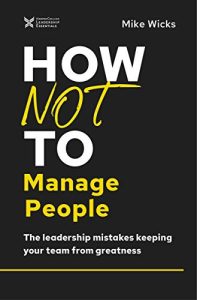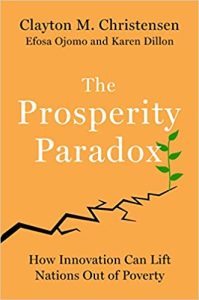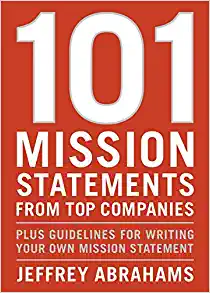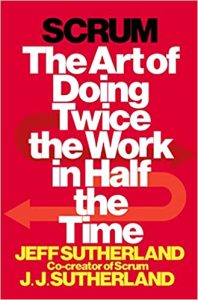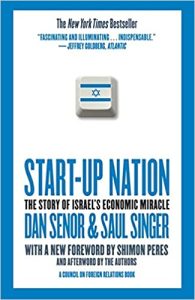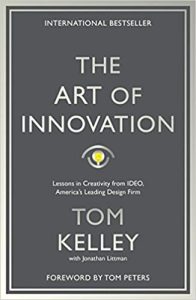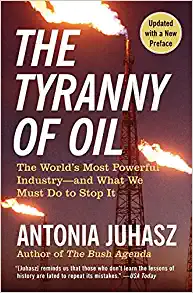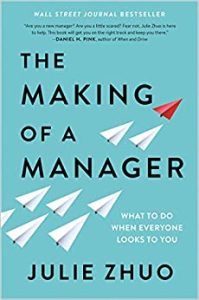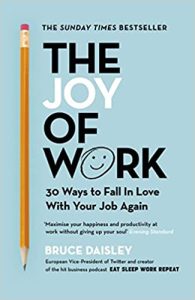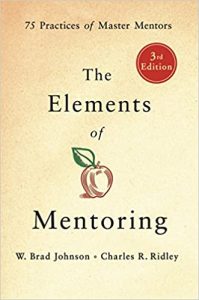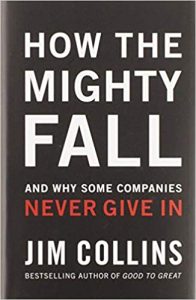How Not To Manage People
₦6,000.00You play it cool, letting your team take half days on Friday and overlooking the occasional latecomer to the office. You stand up for your people and make sure they know you’re there for them, but they still hate working for you. What gives? Well, you’re clearly screwing something up, and it’s time you find out what it is.
It’s frustrating. You’ve put in the work and finally made it to the management team, and you haven’t stopped there. You show up first and leave last. You’re there every time one of your employees needs something. To any outsider looking in, you’re killing this management thing.
But still, your employees want nothing to do with you. They scoff when you tell them what to do and suddenly get quiet when you walk into the room. You know you have to get your team behind you if you’re going to stay on the management team. Chances are it’s not about what you’re doing right–it’s about what you’re doing wrong.
How Not to Manage is filled with interviews and stories of people who were being held back by the things they didn’t realize were working against them. The workplace is a minefield filled with politics and unspoken rules. This book is here to teach you:
-How you’re screwing it up and what to do about it
-How other people screwed it up before figuring it out
-What you should stop doing immediately
-What you should be doing more of
Now, stop panicking and letting frustration hold you back. This book is the tool you need to get your team on your side and rock the manager title!

